Maya News Updates 2007, No. 19: Harvard - Researchers Head to Yaxchilan to Preserve Ancient Maya Inscriptions
Yesterday, April 12, 2007, the online edition of the Harvard Gazette posted a short news item on a group of researchers from the Corpus of Maya Hieroglyphic Inscriptions who will be heading south to scan and digitize fading Maya inscriptions. The expedition will focus first on the important site of Yaxchilan (edited by MNU):
Harvard researchers head south to preserve ancient inscriptions: Researchers from the Peabody Museum of Archaeology and Ethnology are preparing to head into the Central American rain forest to begin an ambitious, multiyear project to scan and digitize fading Maya inscriptions and carvings. The expedition, by the Corpus of Maya Hieroglyphic Inscriptions Program (CMHI), will focus on Yaxchilan, an ancient Maya city on the Usumacinta River, which forms the border between Mexico and Guatemala. The CMHI’s mission since its formation in 1968 is to record and disseminate information pertaining to all ancient Maya hieroglyphic inscriptions and their associated iconography. During the height of its power, Yaxchilan dominated the Usumacinta region, its influence peaking during the eighth century. Located in modern-day Mexico and reachable only by boat, today it is known for its excellent carvings and narrative inscriptions.
The nine-member team will employ advanced technology in an effort to preserve the elaborate Maya hieroglyphics, images, and stone carvings that are free-standing or decorate various buildings at Yaxchilan. Researchers will use an optical scanner to create a digital, three-dimensional image of each carving. The image will be stored in a computer file, much like a word document or a photograph. It can be examined, shared digitally, and even “printed out,” layer by layer, on a special, 3-D printer that creates a three-dimensional reproduction of the carving.
Barbara Fash, director of the Corpus of Maya Hieroglyphic Inscriptions Program, said Yaxchilan was chosen because it has many different types of monuments on which the new technology can be tested. Its rain forest setting will also test the equipment in a humid, tropical environment.
Archaeologists have long recognized that the carvings on Maya monuments are imperiled and have mounted various efforts to preserve them, including removing them to museums, creating paper molds that were used to make plaster casts, and, more recently, making latex molds of the monuments. The effort has raced the natural degradation caused by the wind and weather, and, in recent decades, by the corrosive forces of acid rain. Human destruction is an important factor as well, as some monuments have been defaced, others stolen by looters, and still others broken up by local people to be used in construction projects.
Every carving that is lost, and every detail of surviving carvings that has faded away has taken with it an opportunity to learn more about the ancient Maya civilization, according to Fash. The effort to decipher the Maya’s written Mayan language is ongoing and the small dots and squiggles carved alongside images of coronations and other aspects of Maya life are critical details in understanding the history that underlies each image.
Using the digital files of the monuments, researchers hope to resurrect some lost details. Peabody archives hold 50,000 photographs of Maya monuments, some of which contain lost details of the monuments. By digitizing the images and combining them with the soon-to-be-created 3-D images, researchers hope to be able to re-create the monuments as they existed decades ago.
If the field trial is successful, the Corpus plans to visit other important Maya sites, recording as many carvings and monuments as possible to preserve them for the future (written by Alvin Powell, Harvard News Office) (Source: Harvard Gazette).
The nine-member team will employ advanced technology in an effort to preserve the elaborate Maya hieroglyphics, images, and stone carvings that are free-standing or decorate various buildings at Yaxchilan. Researchers will use an optical scanner to create a digital, three-dimensional image of each carving. The image will be stored in a computer file, much like a word document or a photograph. It can be examined, shared digitally, and even “printed out,” layer by layer, on a special, 3-D printer that creates a three-dimensional reproduction of the carving.
Barbara Fash, director of the Corpus of Maya Hieroglyphic Inscriptions Program, said Yaxchilan was chosen because it has many different types of monuments on which the new technology can be tested. Its rain forest setting will also test the equipment in a humid, tropical environment.
Archaeologists have long recognized that the carvings on Maya monuments are imperiled and have mounted various efforts to preserve them, including removing them to museums, creating paper molds that were used to make plaster casts, and, more recently, making latex molds of the monuments. The effort has raced the natural degradation caused by the wind and weather, and, in recent decades, by the corrosive forces of acid rain. Human destruction is an important factor as well, as some monuments have been defaced, others stolen by looters, and still others broken up by local people to be used in construction projects.
Every carving that is lost, and every detail of surviving carvings that has faded away has taken with it an opportunity to learn more about the ancient Maya civilization, according to Fash. The effort to decipher the Maya’s written Mayan language is ongoing and the small dots and squiggles carved alongside images of coronations and other aspects of Maya life are critical details in understanding the history that underlies each image.
Using the digital files of the monuments, researchers hope to resurrect some lost details. Peabody archives hold 50,000 photographs of Maya monuments, some of which contain lost details of the monuments. By digitizing the images and combining them with the soon-to-be-created 3-D images, researchers hope to be able to re-create the monuments as they existed decades ago.
If the field trial is successful, the Corpus plans to visit other important Maya sites, recording as many carvings and monuments as possible to preserve them for the future (written by Alvin Powell, Harvard News Office) (Source: Harvard Gazette).







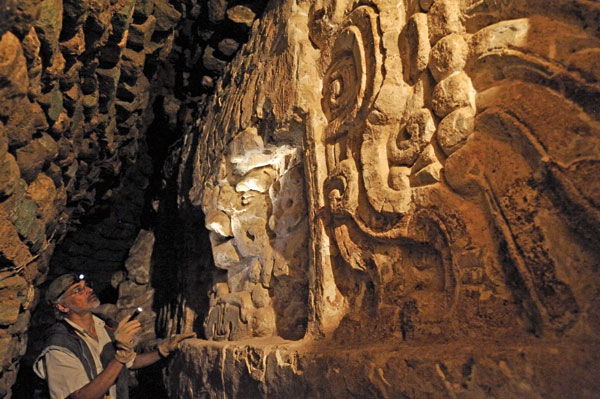
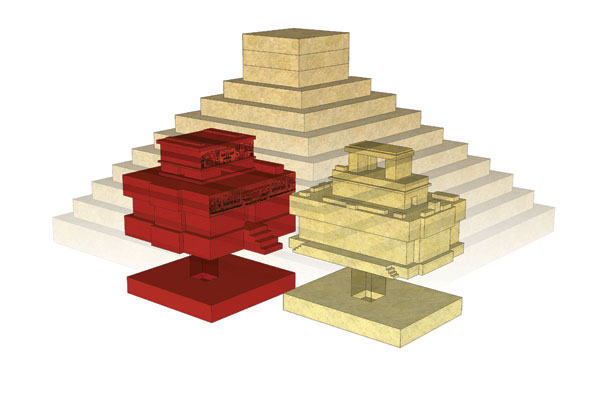
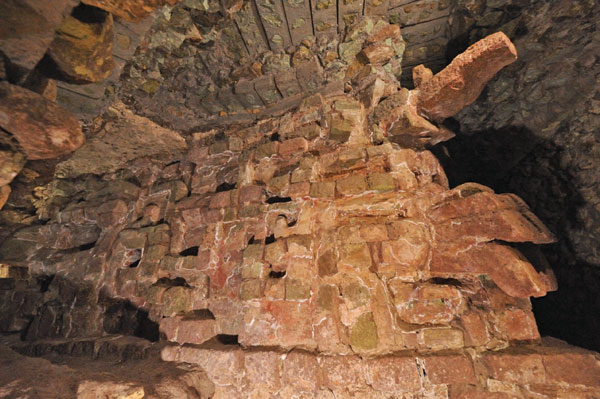





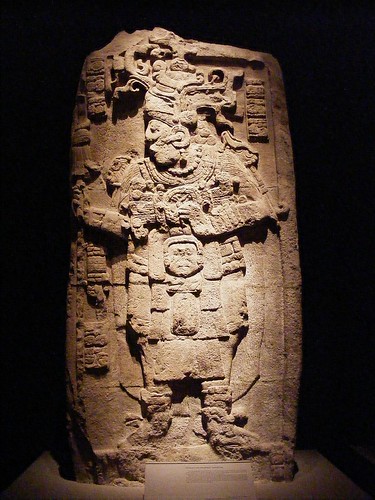


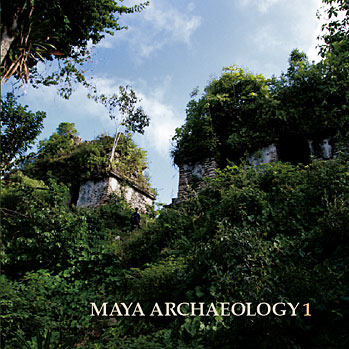









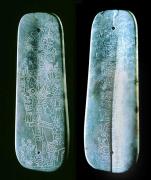
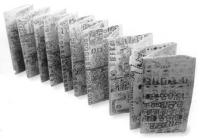

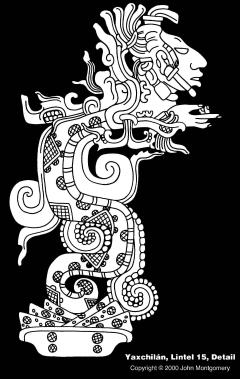

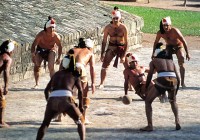


2 Comments:
Dude... my name is Ulises Chavez, I am a mayanist archaeology from Mexico who work`s golf coast mayas, and maya wetlands... I would like if you can send me a e mail to supyu@hotmail.com to talk, your blog is just awesome.
Ulises
Will write you as soon as possible. Thanx 4 the compliment! It is fun to do.
Post a Comment
<< Home